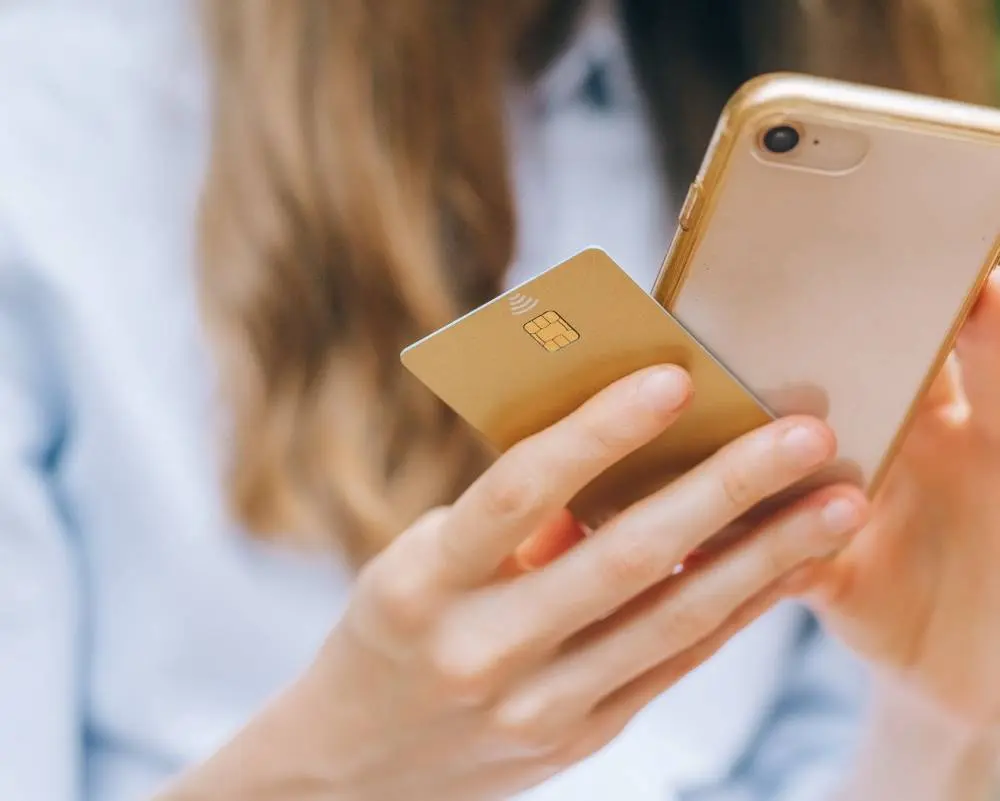In the last decade the offering of mobile apps has significantly evolved and one of the most defining aspects of this evolution is the growing trend of in-app purchases.
As Statista data points out, 42.5% of total app revenue in 2023 now comes from in-app purchases. This signifies not just the prevalence of such transactions but also the growing consumer acceptance and reliance on them.
Whether it’s for unlocking premium features, acquiring virtual goods, or accessing additional content, users are increasingly willing to spend within apps.
Yet, for these in-app purchases to truly deliver on their promise, the payment process behind them must be seamless. This is no longer just an additional perk – it has become an integral component for user experiences.
The importance of a seamless in-app payment process
A fluid in-app payment process not only boosts revenue but also elevates the user’s trust in the application. In a few taps, users can now unlock features, purchase goods, or access premium content.
This ease can, however, be disrupted if the payment journey experiences friction. To help you avoid it, this article will explore how to achieve a seamless in-app payment experience.
1. Prioritising user’s trust
Your customer’s trust is essential to ensure your mobile application is used at full power.
To ensure this, fortify transactions with end-to-end encryption, ensuring that users’ data remains confidential and safeguarded from potential breaches. Using a secure payment gateway further solidifies users’ trust.
Furthermore, displaying recognised badges and certifications will assure users that their financial details are in safe hands, fostering confidence in the payment process. These symbols act as visual testimonials of an app’s commitment to data protection and security, giving users peace of mind with every transaction.


2. In-app payments should offer transparent pricing
Users should know precisely what they’re paying for. Transparently presenting costs, with no hidden fees or unexpected charges, enhances trustworthiness.
A transparent system should also allow users easy access to refund or cancellation options, making them feel valued and respected. By facilitating an easy exit, users often feel more comfortable entering into a transaction in the first place, knowing they have a safety net if needed.
3. Enhancing user convenience leads to seamless in-app purchases
Accommodate various payment methods, such as credit/debit cards, digital wallets, APMs, and direct bank transfers. This ensures every user finds a convenient way to transact.
Storing payment details securely and offering one-click payment options can significantly expedite the transaction process, enhancing user convenience. This simplicity can translate to heightened user loyalty, as they appreciate and return to platforms that prioritise their time and effort.
For global apps, incorporating regional payment preferences is crucial. This not only increases trust but also simplifies the payment journey for users across different regions.


4. Intuitive design and navigation make in-app purchase easy
Payment or purchase buttons should stand out, guiding users effortlessly through their transaction journey. CTAs that are easily identifiable eliminate guesswork, ensuring users don’t feel lost or frustrated — a crucial factor in retaining user interest and promoting positive interactions.
Maintain a familiar layout throughout payment pages and your website ensures that users don’t get confused or lost during their payment journey.
Notifying users immediately about the success or failure of a transaction can significantly reduce anxiety and uncertainty. Such immediacy not only builds user confidence but also fosters a sense of reliability and trust in the platform.
5. Reducing friction points is key to smooth in-app payments
Users will inevitably run into issues. When this happens, guiding them with clear error handling prompts is essential to maintain a smooth transaction journey.
A slow payment process can deter users, increasing cart abandonment rates. Thus, a rapid, responsive payment system is essential.
Every additional step in the payment process increases the risk of cart abandonment. Streamlining the process for both iOS and Android enhances user convenience and conversion rates.


6. Constantly evolving with in-app purchase trends
Stay updated with the trends, evaluate and rectify your payment process to help identify glitches before they turn into larger issues for your customers.
Complement that with active engagement with users and iteration based on their feedback to ensure the payment process remains top-notch.
As payment landscapes evolve, integrate efficient and technologically advanced payment methods to ensures your app remains relevant and user-friendly.
Keeping the balance
An effective in-app payment design is user-centric. Balancing security with convenience and simplicity is vital for success. When users feel that their needs are prioritised and they can trust the platform, the result is not just a successful transaction but also a long-lasting relationship with the app. So, let your users click, pay, and play seamlessly.
Need assistance? Reach out to our experts to maximise your app’s potential with seamless in-app payments.





